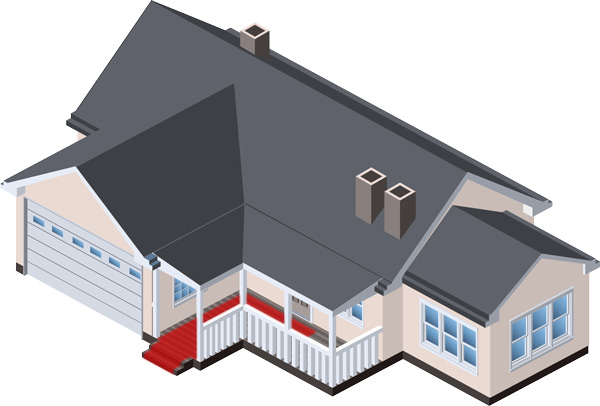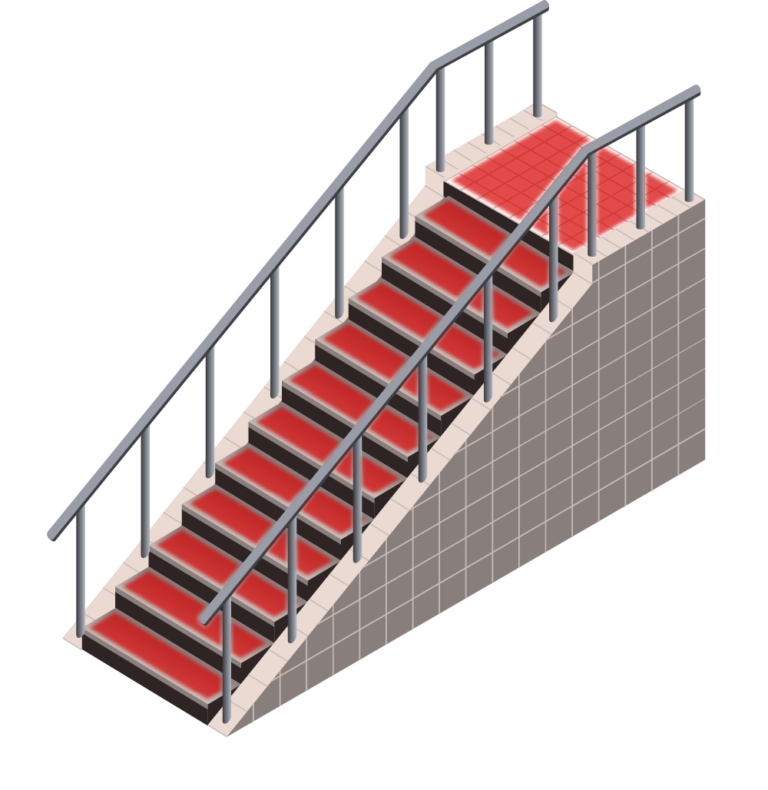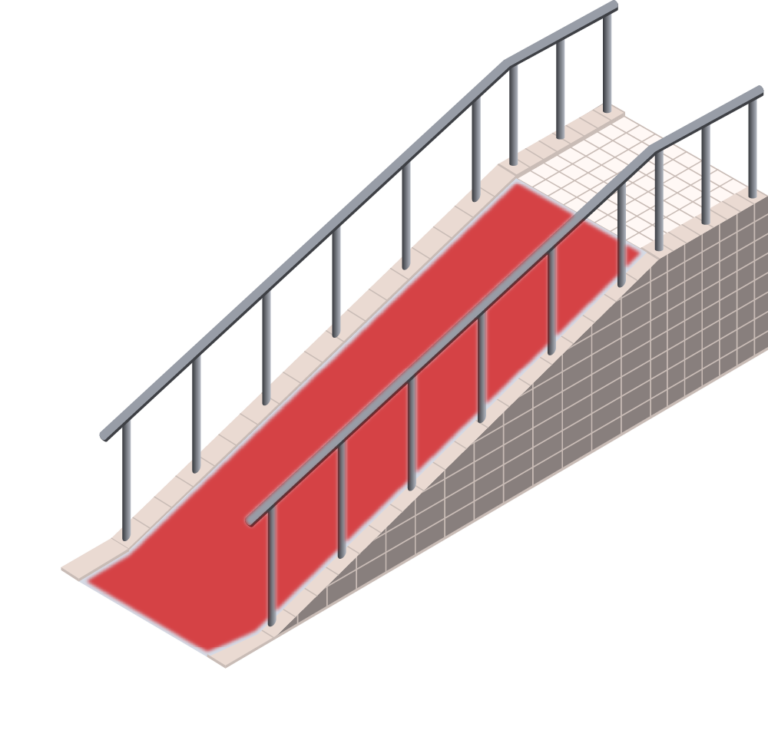Home / Slip & Fall Problem Areas
HAZARDOUS SLIP & FALL AREAS IN THE HOME
The best way to reduce the chances of a slip, trip, or fall is through an understanding of the hazards that exist and the steps you can take to make your home safer for your family and loved ones.
With decades of experience in slip and fall prevention, we have created a list of areas, structures, and materials in the home that present as the most hazardous when it comes to slips and falls. Within these categories, we have provided resources that focus on the prevention and mitigation of slip and fall injuries.
AT HOME
According to the National Floor Safety Institute, half of all accidental deaths in the home are caused by a fall and most of those injuries occur at ground level, not from a height. Even though the risk of slip and fall injuries increases with age, it is still critical to prevent these accidents before they happen at any age. Do not wait until a family member injures themselves due to a fall to invest in the safety of your home. Learn how to prevent and mitigate slips and falls by clicking an area of the home below:
STRUCTURES
It will come as no surprise that certain physical structures at home tend to be the location for a large number of slips and falls. As I reported in my book, Stop-the-Slip, “In 2013, according to the US Consumer Product Safety Commission, emergency rooms treated over 1.3 million injuries that occurred on stairs or in conjunction with handrails or banisters.” Humans are capable of many amazing physical feats, but seemingly mundane physical structures like stairs and ramps – coupled with a lack of attention and environmental factors – can create dangerous slip and fall conditions. The resources below go in-depth into the slip and fall risk created by these structures and offer preventative measures that can be taken to substantially reduce the risk of an accident.
MATERIALS
Depending on the environmental conditions and structural use, some building materials are more susceptible to slips and falls than others. For example, natural wood can perform either as a high-traction surface or potential rollerskating rink, depending on its finish, where it’s located, and the environmental conditions. Other materials, like ceramic tile, are naturally slippery and require thoughtful use and preventative measures to ensure safety. The resources below discuss the pros and cons of various building materials and how you can maximize their traction in almost any location or condition.
